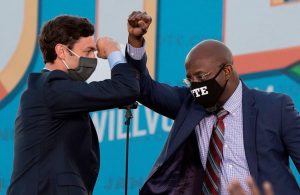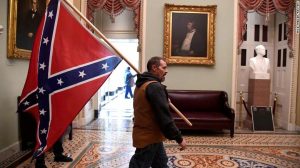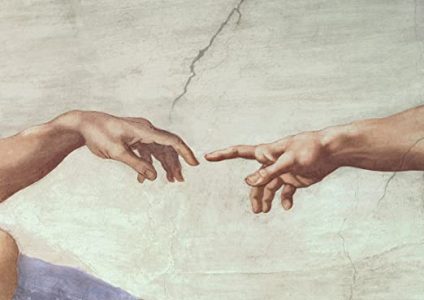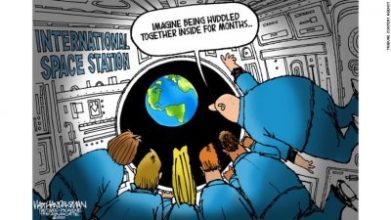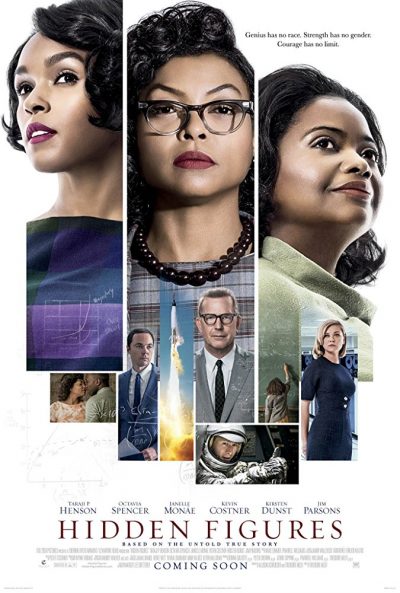
Blind Side has been in the news lately. Blind Side is the story of Michael Oher, a left tackle in football. The term “left tackle” comes from the offensive linemen who protect the quarterback. Most quarterbacks are righty so when they turn to throw, their back is to the left side of the field. Hence the exposure from the blind side of the quarterback and the need for an offensive lineman on the left side, to protect the quarterback.
Blind Side was a book, Sunday magazine article, and a movie. The movie is a very uplifting one. It tells the story of a young male from the wrong side of the tracks being adopted into the family from the right side of the tracks. Most of the movie is about the senior year of Michael Oher’s time in high school. The narrative ends with his first day at college. The ending credits show the real Michael Oher being drafted by the NFL and posing in pictures with his real family and not his Sandra Bullock/Tim McGraw movie family.
Therein lies the rub. It turns out he was not adopted into the wealthy Sean and Leigh Anne Tuohy family after all. Instead he was in a conservatorship, shades of Britney Spears, and not a member of the family after all. Now it has become a legal issue particularly over the issue of money, the money earned as a result of the book and movie, and the money he would inherit as a child in the family.
BLIND SIDE: THE MOVIE
The movie is a very entertaining and upbeat one. It certainly did well for Sandra Bullock. But now that I have become aware of the legal issues involved, the scenes seem different, as if a fog has been lifted from in front of me. I took the movie to be a true story with the real names of real people acting out real scenes from the life of Michael Oher. That turns out not to be the case.
For example, some of the most enjoyable scenes involved Sean Jr., the pipsqueak-size 11 year-old Tuohy son, putting the giant lineman through his paces to learn how to be a football player. The contrast between the two contributed to the developing of a family within the movie. But were the scenes real or were they Hollywood?
Did the son help Michael Oher learn how to play football using kitchen implements like a bottle of ketchup, to represent the football players? Watching Sean Jr. move the kitchen items to teach the overgrown teenager was a funny scene in the movie. But is it really true that the teenager had so little knowledge of football that he had to be instructed in the fundamentals of the game? From another perspective, there is a King Kong aspect to the training session. The large ape is being civilized into the ways of America not by Fay Wray but by a white child who clearly is in the dominant position. Did this really happen or did Hollywood invent it?
Another touching scene involves Michael Oher’s decision to attend Ole Miss. There already had been an adoption scene around the family table where Oher is invited to join the family. Now the NCAA is investigating the decision by Oher to attend Ole Miss, the school of his adopted parents. When questioned as to why he decided to attend a non-football powerhouse like Ole Miss instead of one of the traditional football powerhouses (some of the coaches played themselves in the movie), Oher replied because that’s where my family has gone. Isn’t that a great answer? Did this really happen or did Hollywood invent it since Oher had not been legally adopted?
Some scenes require more investigation. For example, Oher attended a private school for one year along with his “brother and sister.” The school was not a public school. It was a private school created in response to the desegregation of public schools. The exception is made at these white private schools for athletes who can bring fame, glory, and championships to the school. That is not in the movie.
So here we have an example of the white savior syndrome. Thanks to the efforts of well-meaning white people, kids from the wrong side of the tracks are rescued from the disastrous life that awaits them. There even is a scene at the end of the movie about a promising athlete from the same neighborhood and age as Oher who instead of going off to college lies dead due to street violence. Sandra Bullock is even shown venturing across this line into Oher’s neighborhood at some risk to herself. Not to worry. She is packing, a member of the NRA, and friends with people in high places. The contrast between the world Michael Oher grew up in and the one year spent with the Tuohys is stark.
Even if Oher had been adopted, even if Oher receives his fair share of the earnings from Blind Side and the estate of Tuohys when they die, there still are these structural and systemic problems not addressed in the movie. One can argue that the movie is meant for entertainment which is true. But since real people are involved, it’s as if the movie also needs footnotes identifying the real scenes from the Hollywood scenes. Suppose all one had was the movie as an historical source, look how much would be missed.
HIDDEN FIGURES
Hidden Figures has been the subject of several blogs already so I will not repeat them. It is the story of three female computers meaning people who compute in the precomputer era. That new era is fast approaching as one of the sub-stories in the movie is the installation of an IBM computer at NASA. These three women are “colored people” and “Negroes” in the movie. The movie focuses on their early careers at NASA culminating with the aborted mission of John Glenn. Again, some real clips from the Kennedy era are spliced into the Hollywood narrative ending with the real Glenn’s triumphal parade with real President Johnson.
The movie touts many of the important features to the American way of life without being sanctimonious about it. It is a story of family, church, education, well-kept middle class homes, and service to the country.
One of the problems with the movie is that many of most memorable scenes never happened. For example, Kevin Costner, who figures so prominently in the movie, is not a real person.
So while the story of these three decorated computers is true, that does not mean the individual scenes are. That does not detract from the enjoyment of the movie or the truthiness of the movie. It does mean, one needs be careful citing it as a source just as one would movies about Spartacus or William Wallace who were real or from Gladiator which mixes real people with fictional ones.
REMEMBER THE TITANS
Remember the Titans is another tear-jerker blockbuster sports movie. This one is about the real integration of two Virginia school systems told through the lens of a football team that goes on to win the 1971 state championship. Again at the end, the credits suggest that real people are involved, both the high school players and the coaches. Information is provided on what their lives were like in subsequent years which, of course, may be outdated by now. And, yes, a star player was injured in a motor vehicle accident and died.
Putting aside the fact that some of the actors may have been a bit too old to pass as high school students, the story rings true. It does bring people to tears.
But now one has to ask, exactly how much of it is true beyond the basic format? I do have vague recollections of seeing on a talk show the “reel” figure and the real figure from the movie. One can look now and see who went on to be in the blockbuster TV series Yellowstone and who went on to be “Ken” of Barbie fame. There are interviews with some of the real people that undercut some of the dramatic scenes in the movie. For example, the white quarterback won the job in preseason and was not a midseason replacement. Still, the scene of his calling his first play leading to a “roughing the quarterback” call by the opposing coach is one of my favorite movie sports scenes.
So even though the details are fudged, the overall story line rings true and the people involved were and are alive to call the movie to task if they are not.
Care must be taken when watching Hollywood-true films. With Inherit the Wind there are made up characters (the girl friend and her Fundamentalist father) along with the characters where the name has been changed. Still Williams Jennings Bryan did not dramatically die in the courthouse at the conclusion of the Scopes Trial as Frederic March did in the movie.
Disinformation moves much faster and more maliciously now. Creating a Hollywood movie still takes a great deal of time and effort to be produced. With the Internet and AI, it is much easier and faster to create an alternate reality. In fact, sometimes no technology at all is required.



